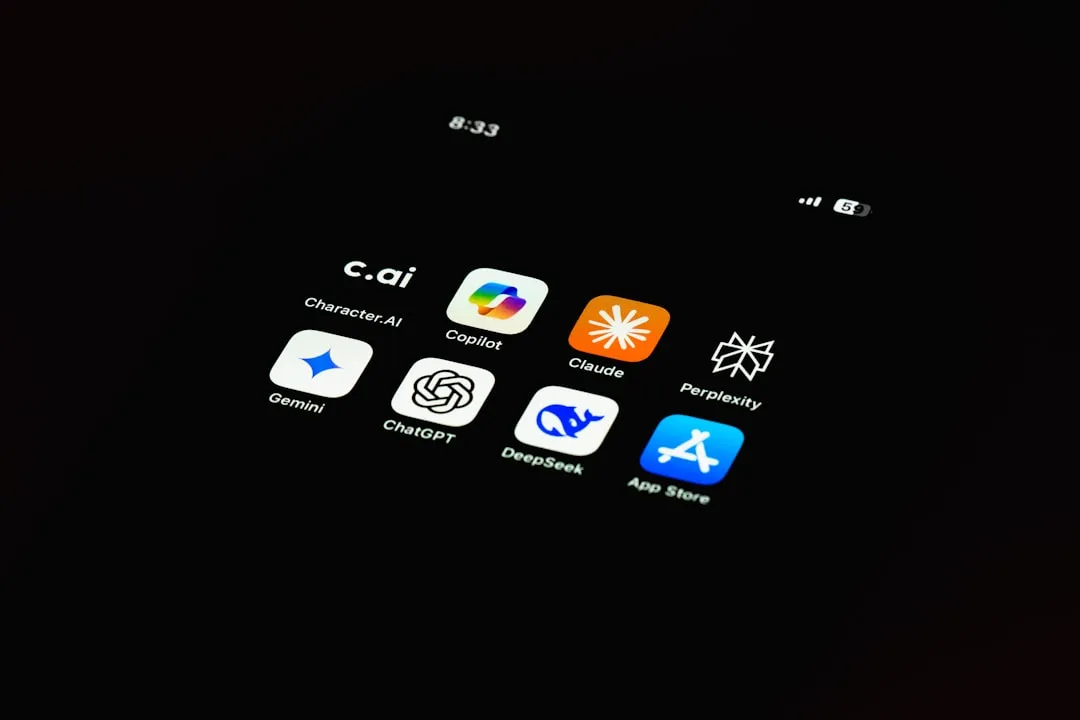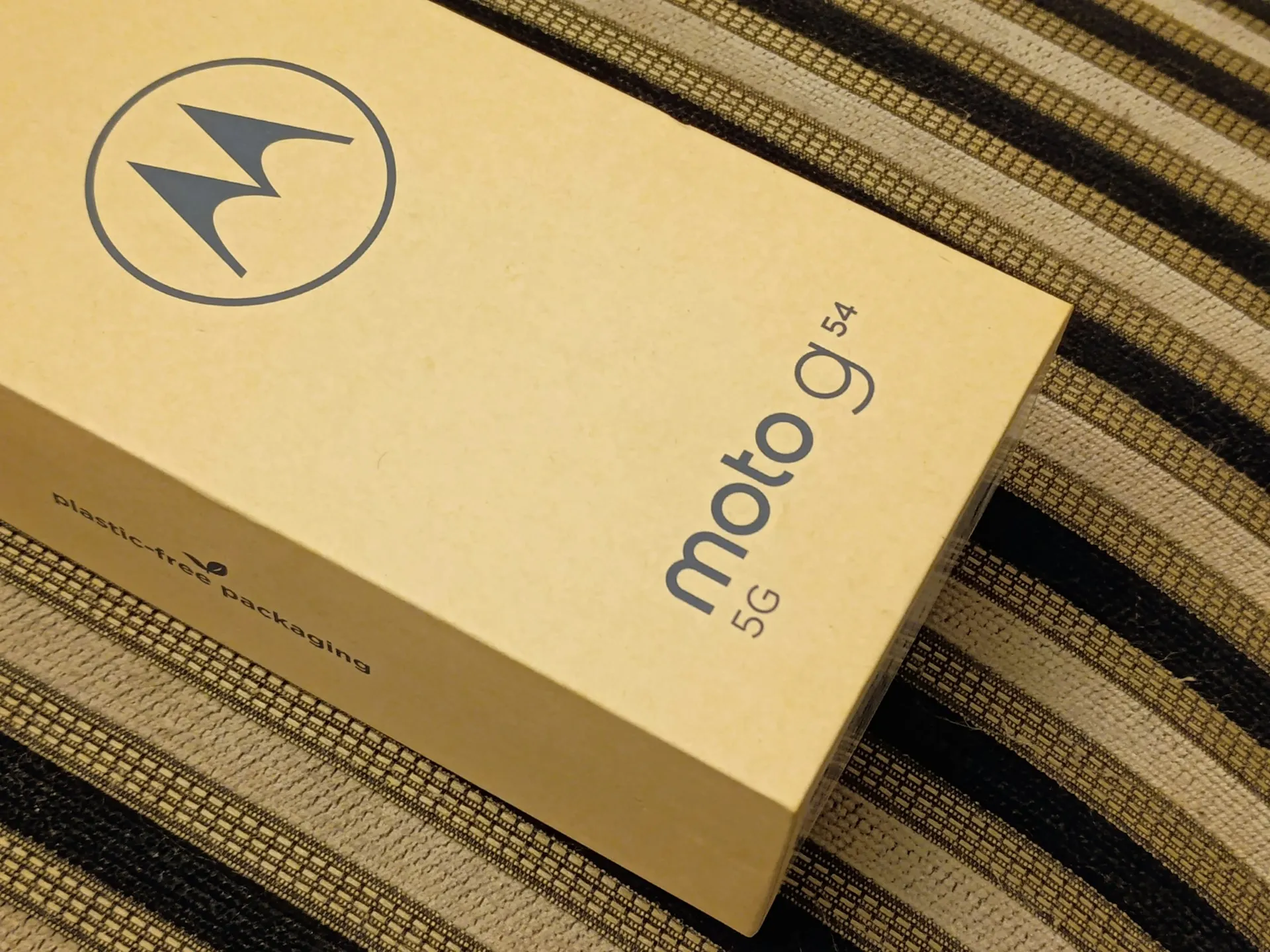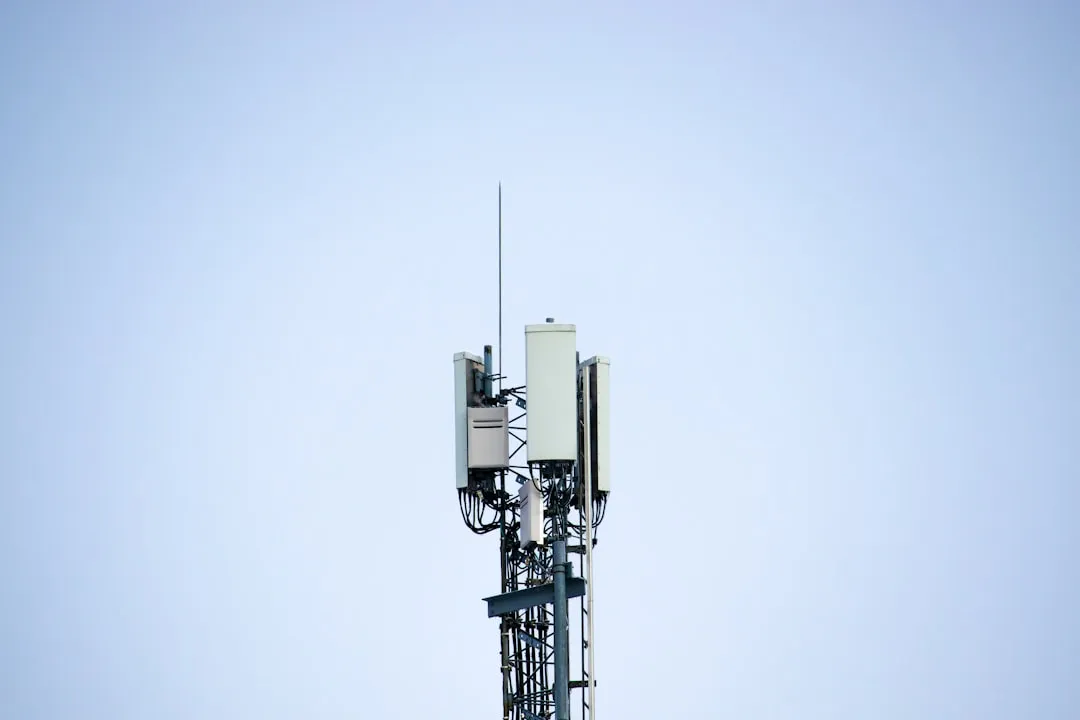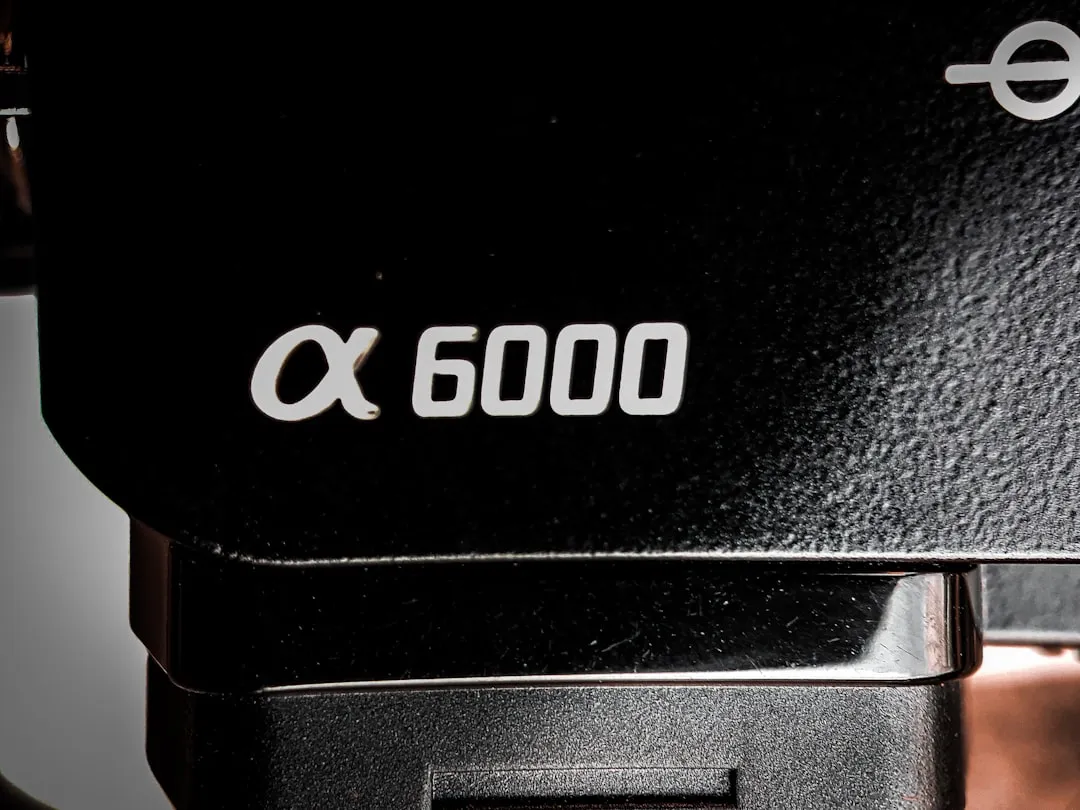The semiconductor industry is in the middle of its biggest shake-up since the first iPhone hit pockets. Wondering why your next phone might cost a lot more? Blame artificial intelligence and its bottomless hunger for memory chips. The numbers tell it straight: Samsung reported some memory contract prices rose by up to 60% between September and November, according to Reuters, and the global consumer electronics market is projected to reach $1.2 trillion in 2025, with AI serving as the primary catalyst.
The memory shortage driving your next phone's price tag
The speed of change in memory markets is jaw-dropping. Samsung's contract price for a 32GB DDR5 module rose from $149 in September to $239 in November, which is a 60% increase, per Reuters. This is not an isolated spike. Contract prices for 16GB and 128GB DDR5 have climbed about 50%, while 64GB and 96GB parts are up more than 30%.
Here is the structural shift: HBM has moved from a niche segment to the center of the memory business model. The squeeze is driven by allocation, not hard diversion. Suppliers are prioritizing HBM output for AI servers, leaving less production and packaging capacity available for standard DDR4 and DDR5.
That squeeze is triggering what buyers call panic ordering. Procurement teams are placing emergency buys as supply tightens, and Samsung could raise contract prices by another 40% to 50% in the fourth quarter, even above the 30% industry average increase. Past cycles boomed and busted. This one looks embedded in the economics, not a blip.
How AI infrastructure is reshaping smartphone economics
The last comparable reset was the move to 5G. This time, the gulf is wider. AI server chips and accelerators typically carry substantially higher margins than many commodity mobile application processors, though exact multiples vary by product and vendor.
Capacity tells the story. Major customers (notably NVIDIA) have secured very large shares of advanced packaging/CoWoS capacity at TSMC (reports ~70% of some packaging capacity); foundries report strong AI demand but have not published a uniform '70% advanced-node allocation' figure. That is the biggest reallocation since smartphones went mainstream.
Pressure hits from multiple angles at once. Leading-edge wafer prices have risen substantially; some analyst reports show 3nm wafers costing up to ~40% more than prior nodes, but estimates vary by node and foundry. Meanwhile, memory suppliers are prioritizing U.S. cloud service providers, tightening supply especially for legacy DRAM. Mid-tier and entry phones feel the pinch first. Flagships do not escape it either, just later.
The price impact hitting consumers across all segments
So what lands in your cart? Component-cost pressures are expected to raise handset production costs in 2025–26, though published ASP forecasts (e.g., Counterpoint) project smaller average selling-price rises; exact production-cost percent estimates vary by supplier and tier. Even entry-level devices are not spared.
Consumers are already seeing it. The global average selling price of smartphones is expected to increase by 3% in 2024 to $365, followed by a further 5% rise in 2025. Brands are nudging tags higher in public. Oppo has also raised prices across most high-end and mid-range models, while rivals like Vivo and Samsung have adjusted select devices. Expect broader revisions through 2026 as contracts roll over and new component costs get baked in.
What this means for your next upgrade
This is not a quick spike. Memory and storage costs are no longer following traditional cyclical patterns due to the AI revolution, and demand from data centers shows no sign of easing.
Prices will stay elevated for a while. That forces hard choices: trim features, stretch product cycles, or chase premium buyers who can shoulder higher bills. Some brands are shifting focus to flagships for margin headroom, others are testing alternative chip mixes or slower refreshes to keep budgets in line.
Apple is the outlier with better insulation. It designs its own A series chips and locks in massive long-term orders that secure foundry capacity years in advance, and it avoids the extra margins that third-party chip vendors charge. That scale buys priority when capacity is scarce, and vertical integration reduces exposure to the spot market.
Even so, Apple still swims in the same current. Materials, advanced packaging, specialized parts, all of it costs more. The difference is leverage and planning, not immunity.
Bottom line, AI is rewriting smartphone economics. As artificial intelligence becomes central to what your device can do, the premium components behind those tricks command premium prices across the supply chain. Your next upgrade will probably cost more. It should also deliver better on-device AI if you are willing to pay the new going rate. The old boom-bust playbook is giving way to sustained, multi-sector demand, and this feels like the new normal. My guess, sticker shock sticks around longer than anyone likes.
























Comments
Be the first, drop a comment!